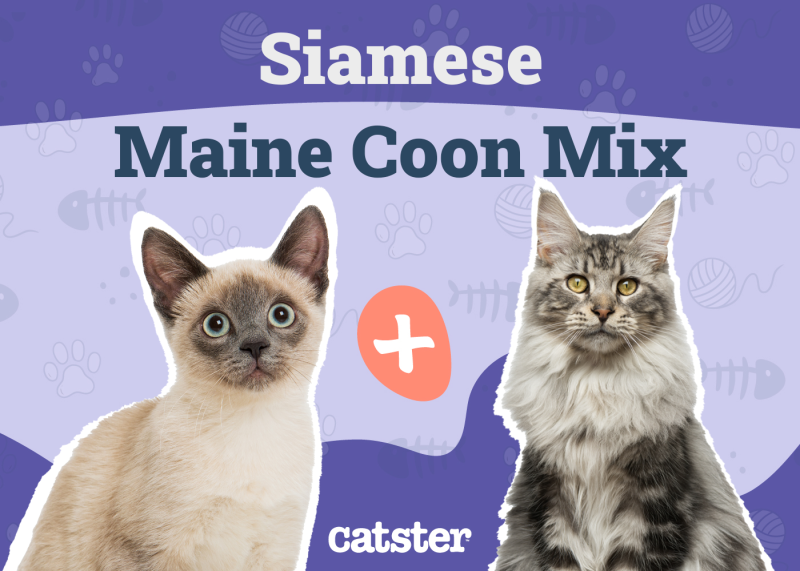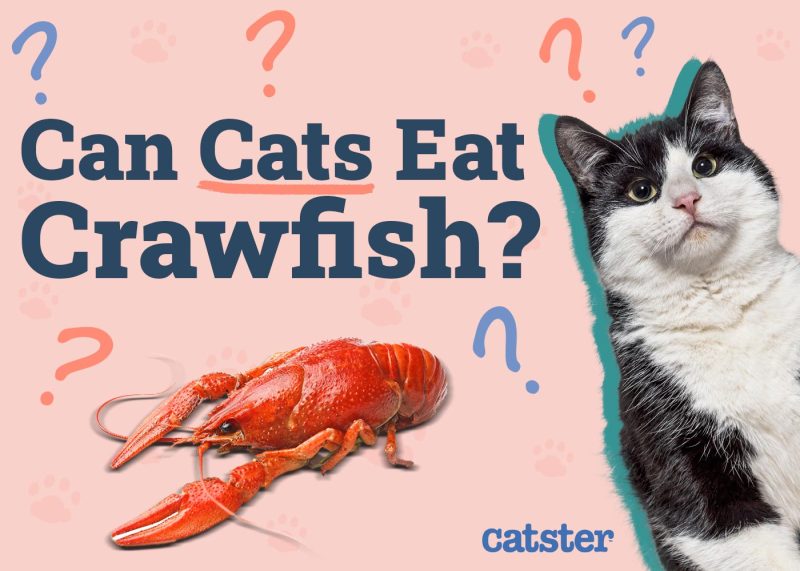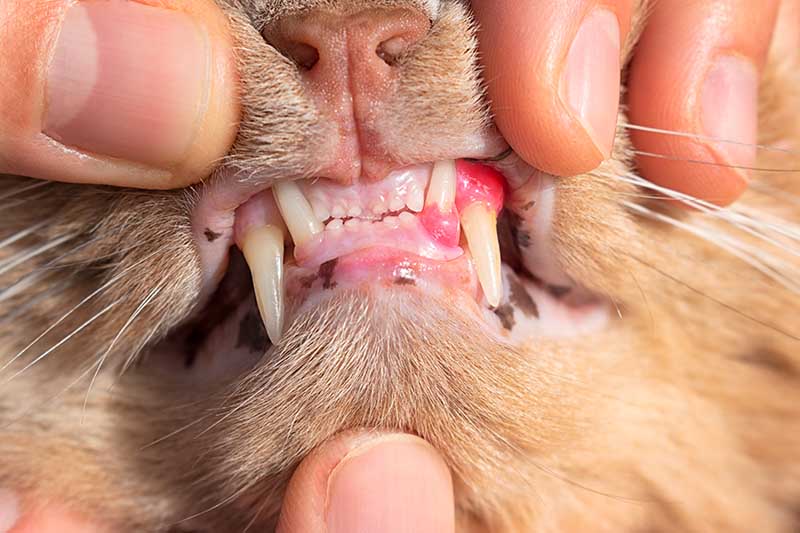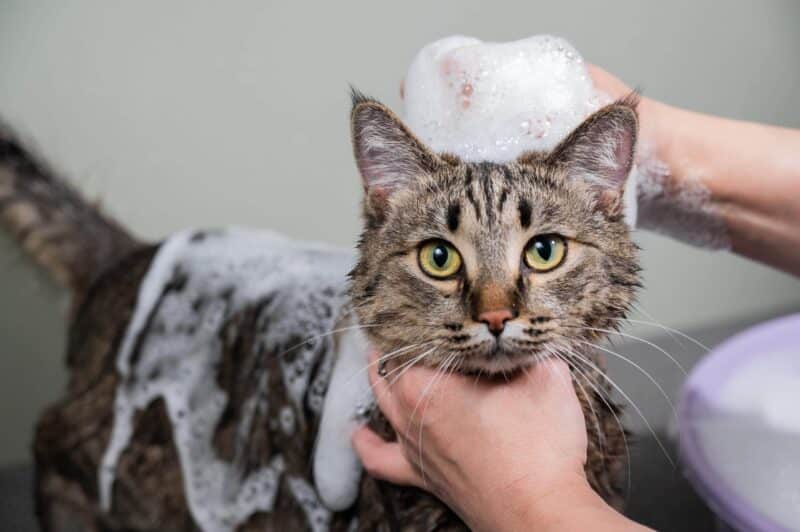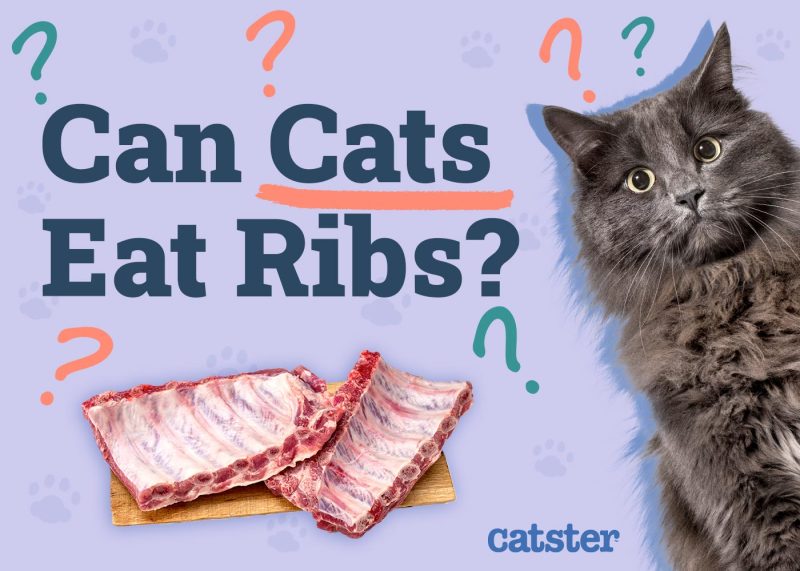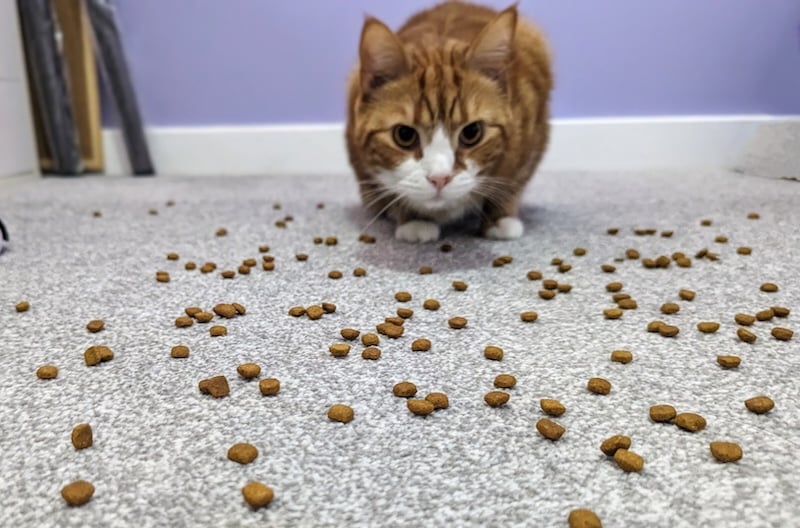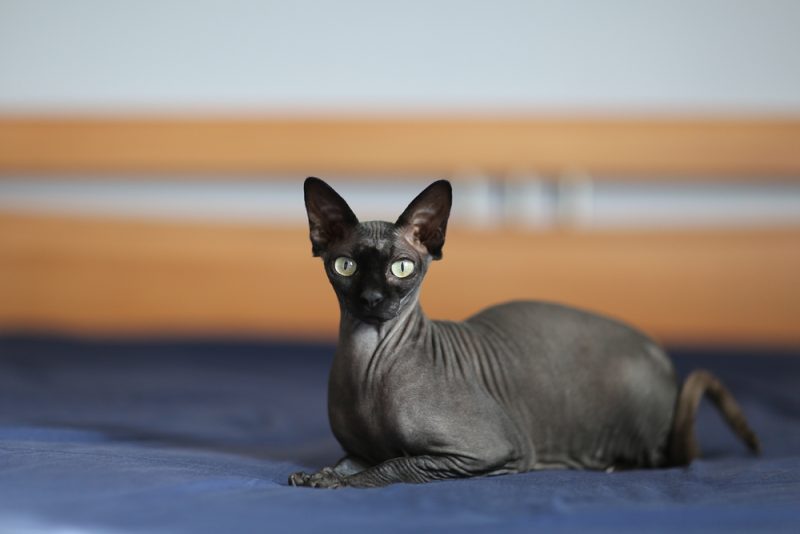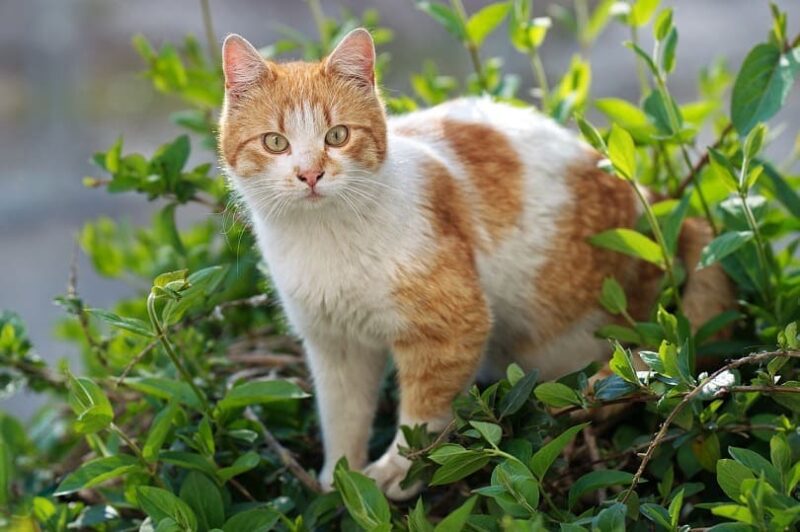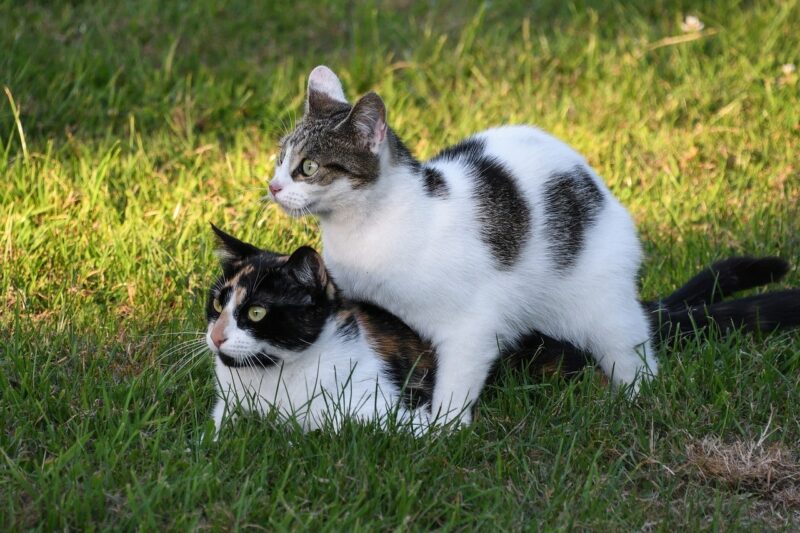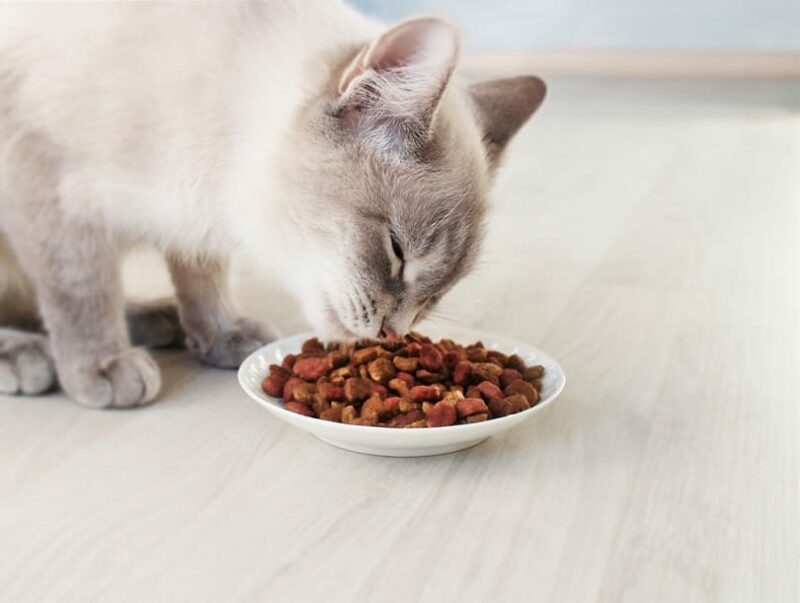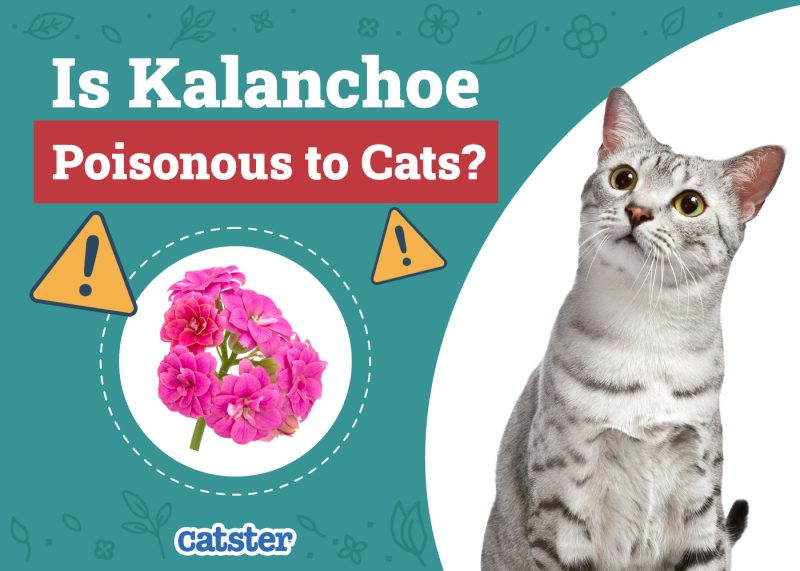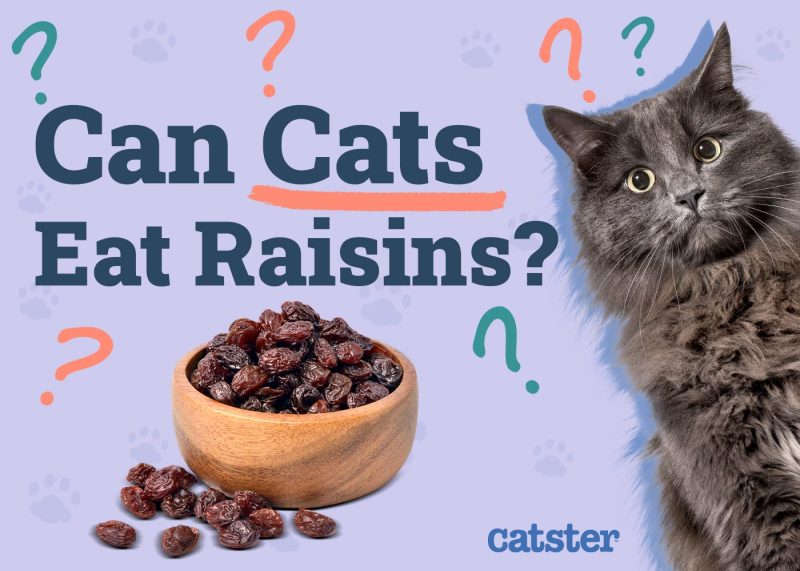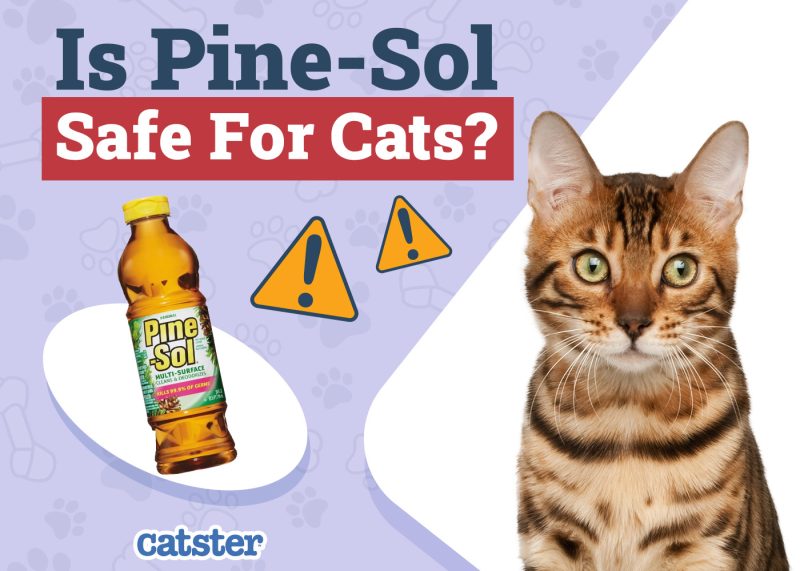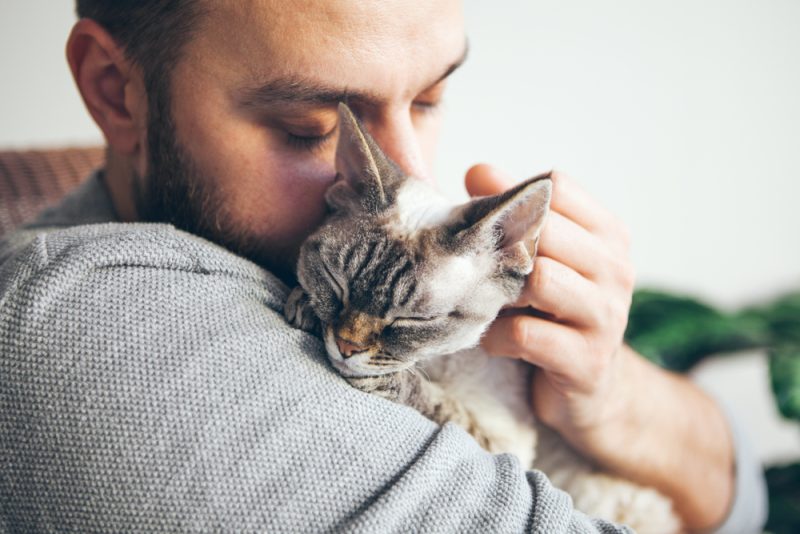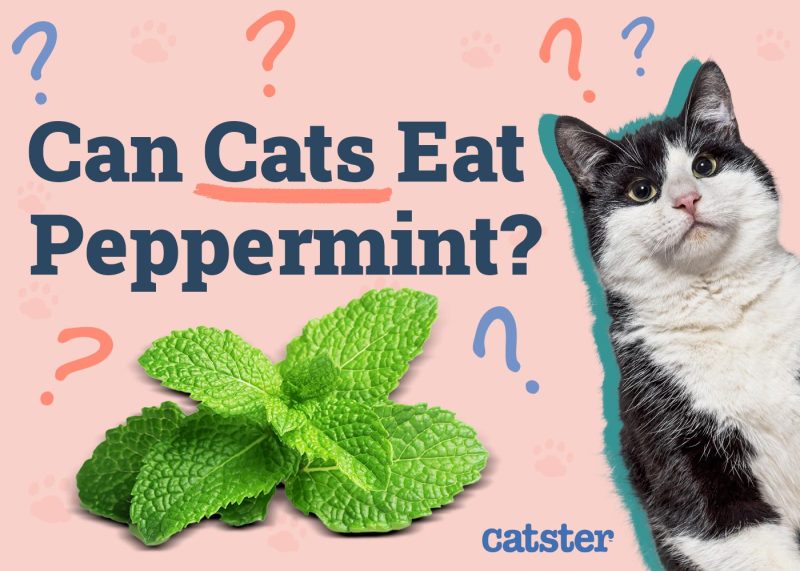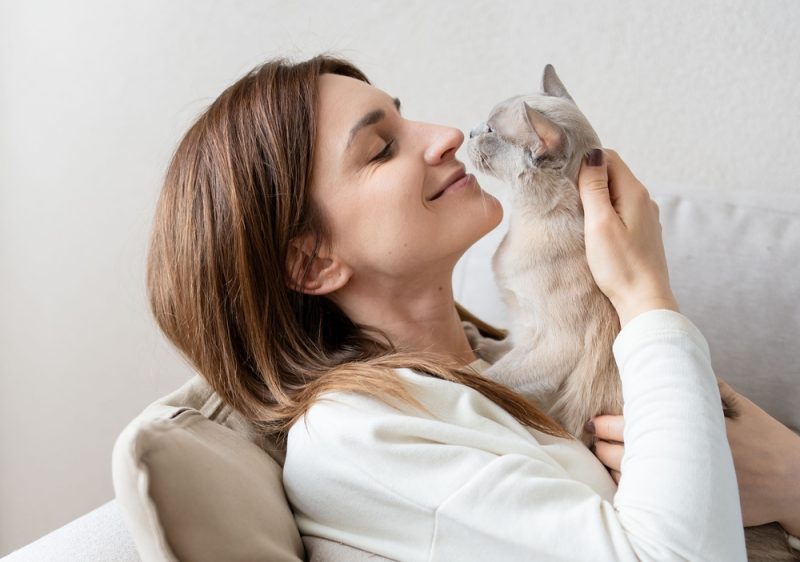In this article
Sometimes, for whatever reason, cats take a liking to human foods. This can be both cute and worrying at the same time. In the case of granola—which is made of oats—it isn’t dangerous in itself, but it is still best avoided. In this article, we’re going to explore why it isn’t a great idea to give granola to cats and share the kinds of foods they can safely eat.

Is Granola Toxic to Cats?
No, granola in itself is not toxic to cats, but certain foods that it contains might be. Granola brands are often infused with small pieces of dried fruits and chocolate. Certain foods—like raisins and chocolate—are toxic to cats, which is why it’s best to keep granola away from them in case it contains extra ingredients that could make them sick. Nuts can also cause choking and allergic reactions in cats.
On another note, cats are obligate carnivores. Because of this, in nature, they’re not likely to seek out foods like oats, nuts, and seeds. Some granola brands also use sugar and sweeteners like honey to make the granola more palatable, which isn’t great for your cats.
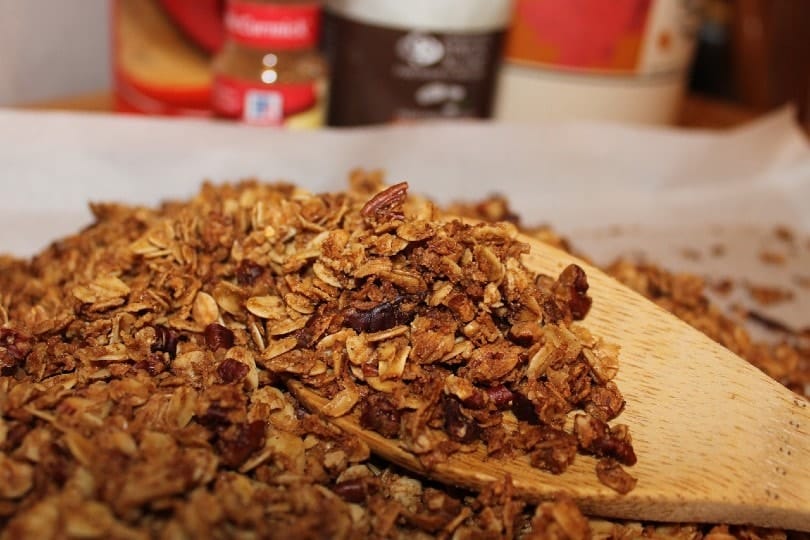
What Kind of Diet Should Cats Eat?
Cats require a diet high in animal protein and nutrients derived from animal products. This can be in the form of wet food, dry food, or a mix of both.
- Be high in protein
- Be rich in vitamins (vitamins A, D, B1, B2, B3, and B6 specifically)
- Be mineral-rich (iron, sodium, calcium, chloride, magnesium)
- Contain “good” fats
- Contain carbohydrates
Some cat foods also contain processed grains, which are more digestible for cats than grains in granola. The grains in granola are often harder for cats to digest because they’re either not processed or barely processed.
Meats commonly used in cat foods include beef, fish, chicken, and turkey. Cats do have different tastes, though, so you might find that your cat doesn’t like every type of meat or food you put in front of them. At the start, it takes a bit of experimentation to find out what their favorite meats are.
In addition to a diet rich in protein and nutrients, cats need plenty of fresh, clean water. You might want to consider a cat water fountain to encourage them to drink more regularly. Water fountains are also great for keeping your cat’s water free of contaminants.

Can Cats Eat Human Food?
Though it’s not a good idea to give human foods to cats as part of their regular diet, certain foods are safer than others and less likely to cause major issues. For instance, though it’s not recommended to give granola to cats, they can eat oats mixed in water (not milk) occasionally if, for some bizarre reason, they’re attracted to oats. Oat grass for cats is another option you can try.
Be careful when choosing human treats, though—some can be toxic to cats. Here is a list of safe foods that you can give your cat occasionally in small quantities if they’ve taken an interest in them (this list is not exhaustive):
Note: If feeding fruit or vegetables as a treat, remember to remove the peel and seeds before giving them to your cat.
- Bananas
- Pumpkin
- Apples
- Blueberries
- Peas
- Bread
- Cantaloupe
- Pears
- Oatmeal
- Watermelon
- Pineapple
- Cooked carrots
- Washed lettuce
- Celery
- Cooked green beans
- Cooked unseasoned shrimp
- Brown rice
- Cooked unseasoned chicken
- Cooked unseasoned liver
- Cooked unseasoned beef
- Cooked unseasoned lamb
- Cooked unseasoned turkey
- Cooked unseasoned salmon
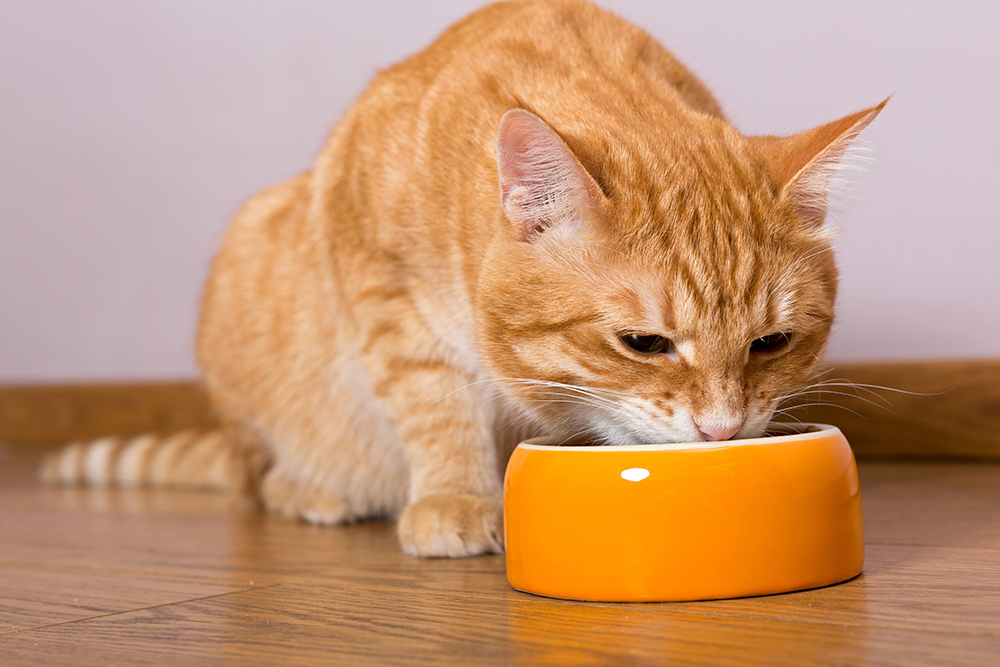
Which Foods and Drinks Are Dangerous for Cats?
While giving human food to cats isn’t the best thing in general, some are really bad for cats and even fatal in some instances. Avoid letting your cats anywhere near the following (this list is not exhaustive):
- Chocolate
- Raisins and grapes
- Avocado
- Cherries
- Citrus fruits
- Coffee
- Products containing caffeine
- Raw eggs
- Milk
- Yogurt
- Nuts
- Seeds
- Onions
- Chives
- Garlic
- Shallots
- Any sweet products containing Xylitol
- Alcohol
- Coconut
- Coconut oil
- Raw meat
- Potato chips
- Pretzels
- Candy
- Yeast dough
- Canned tuna
- Junk foods like pizza
- Bones
You may have been surprised to see “milk” on this list. Though it’s common for cat parents to treat their cats to a saucer of milk, cats aren’t supposed to drink cow’s milk. Cats’ digestive systems aren’t built to digest it—they simply don’t have the enzymes for it in their systems—and so milk can cause some cats to get sick. They may experience diarrhea or vomiting after drinking milk.
It’s also very high in fat, so in all, it’s risky health-wise to give your cat milk. Instead, you might want to consider giving “cat milk” as an occasional treat. Milk made for cats has reduced levels of lactose, though it still contains fat so should still be offered sparingly. You can find this in supermarkets and there are many brands available.

Final Thoughts
In short, granola isn’t the best thing to give your cat, largely because there’s the risk of your cat eating toxic foods like chocolate or raisins along with it. Alongside a regular, healthy cat diet, there are plenty of safer treats you can give them instead.
If your cat has a particular liking for granola, you could instead treat them to oats mixed with water now and again or buy them some cat oat grass. Sure enough, it sounds incredibly bland but then, our cats never cease to amaze us in terms of things they find tasty.
See Also:


